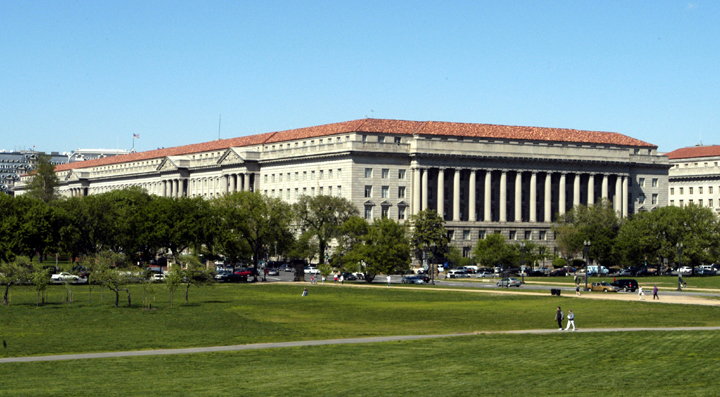From pv magazine USA
The US Department of Commerce has issued a preliminary determination stating that certain companies in Southeast Asia are circumventing anti-dumping/countervailing duties (AD/CVD) imposed on Chinese solar products.
The ruling is in response to the AD/CVD case filed in February by Auxin Solar, a small US panel assembler, against Malaysia, Thailand, and now Cambodia. The filing came just months after the Department of Commerce tossed out an earlier similar request by an anonymous group of solar companies that sought tariffs on a handful of companies that import modules. About 80% of US crystalline-silicon modules are shipped from Vietnam, Malaysia, and Thailand. Auxin Solar claims Chinese manufacturers are shipping cells to these countries to avoid paying tariffs that have been in place since 2012.
“We’re obviously disappointed that commerce elected to exceed its legal authority. As a basic fact, solar cell and module manufacturing greatly exceed the anticircumvention statute’s ‘minor or insignificant processing’ limitation,” said Abigail Ross Hopper, president and CEO of the Solar Energy Industries Association (SEIA).
At the time of the filing, SEIA estimated that the implementation of AD/CV tariffs would result in the loss of 16 GW of new solar installations, a figure which represents more than half of what was installed in the United States last year. In addition to project delays and cancellations, SEIA estimated that enacted tariffs could put put 70,000 US solar jobs at risk.
Hopper said that the only good news about the announcement is that the Department of Commerce didn’t target all imports from the subject countries.
“Nonetheless, this decision will strand billions of dollars’ worth of American clean energy investments and result in the significant loss of good-paying American clean energy jobs,” she said. “While President Biden was wise to provide a two-year window before the tariff implementation, that window is quickly closing, and two years is simply not enough time to establish manufacturing supply chains that will meet US solar demand.”
Popular content
Michael Parr, executive director of the Ultra Low-Carbon Solar Alliance, said that the decision makes it clear that the solar supply chain is deeply challenged.
“We need to accelerate investments in solar manufacturing in low-carbon economies to build out a better solar supply chain,” he said. “PV purchasers like Lightsource bp, D. E. Shaw Renewable Investments and Silicon Ranch are demonstrating the important role buyers play in accelerating the build out of this more diverse, resilient solar supply chain. Buyers can send a powerful market signal through long-term supply agreements with low-carbon manufacturers to help ensure the development of robust PV manufacturing capacity for the future.”
A recent report by the National Renewable Energy Laboratory shows that prices soared throughout the US economy between the first quarter of 2021 and the first quarter of this year due to disruptions including the AD/CVD filing. Reports from the U.S. Energy Information Administration showed that while developers had planned to install 17.8 GW in the first half of 2022, only 4.2 GW was installed and brought online – pointing to module supply challenges, which led to cancellations and delays.
“This is a mistake we will have to deal with for the next several years,” Hopper concluded.
This content is protected by copyright and may not be reused. If you want to cooperate with us and would like to reuse some of our content, please contact: editors@pv-magazine.com.



6 comments
By submitting this form you agree to pv magazine using your data for the purposes of publishing your comment.
Your personal data will only be disclosed or otherwise transmitted to third parties for the purposes of spam filtering or if this is necessary for technical maintenance of the website. Any other transfer to third parties will not take place unless this is justified on the basis of applicable data protection regulations or if pv magazine is legally obliged to do so.
You may revoke this consent at any time with effect for the future, in which case your personal data will be deleted immediately. Otherwise, your data will be deleted if pv magazine has processed your request or the purpose of data storage is fulfilled.
Further information on data privacy can be found in our Data Protection Policy.